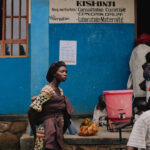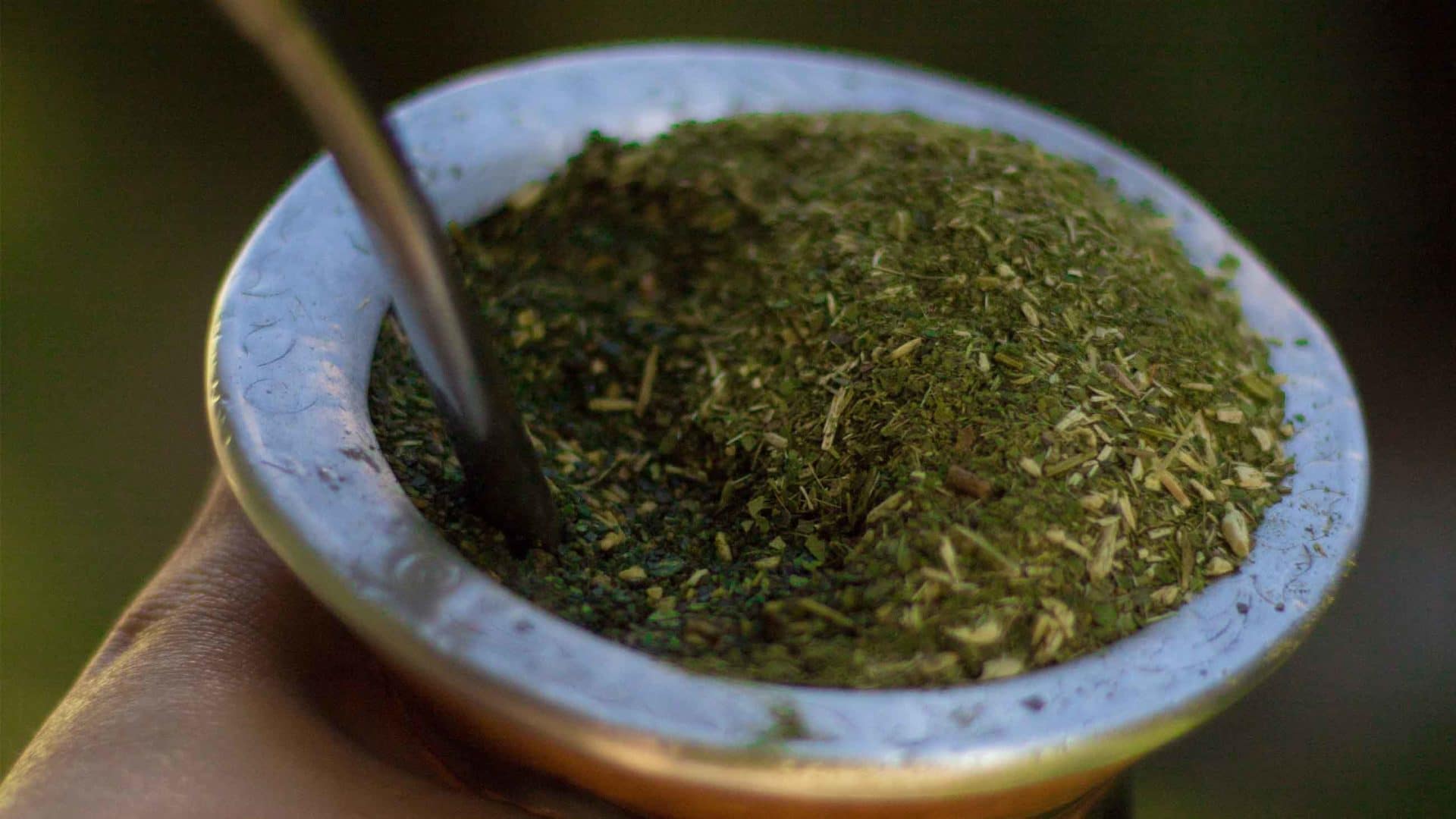The Atlantic Forest, a vast swath of well-watered and biodiverse woodland, once covered much of eastern South America.
But after three decades of massive deforestation to make way for intensive soybean production and cattle ranching, this enormous tropical forest has been decimated. As in the Amazon fires have consumed thousands of acres of protected land in Paraguay since July alone.
Only 2 million acres of Atlantic Forest remain of the more than 20 million acres that once grew in eastern Paraguay. Given the profit to be made from farming this area, conserving what’s left of Paraguay’s forests must pay off for locals, too.
That’s where the growing global thirst for a South American drink called “mate” comes in.
Earlier this year, I visited Paraguay with a group of journalists to learn about a local project that links forest conservation with economic development as part of my longtime research on sustainable communities.
We went to Tavapy, in eastern Paraguay. This spread-out rural village of a few hundred families was once surrounded by the Atlantic Forest. Now, it’s soybean territory.
However, Paraguay’s industrial soybean farming provides very few jobs. According to government statistics, only about a quarter of Paraguay’s rural residents have stable jobs. Many of Tavapy’s men work elsewhere, and young people often move to distant cities to find employment.
Hoping to give the local economy a boost, some Tavapy residents are working with the international environmental group World Wildlife Fund to develop an alternative crop: Yerba mate — pronounced “ma-tay.”
Yerba mate is a wildly popular leaf that is dried, steeped like tea and drunk hot or cold across Paraguay, Uruguay, and Argentina. Mate, as the infusion is called, is an essential stimulant and social lubricant in this part of South America.
Rich in caffeine, other stimulants, and antioxidants, mate is also increasingly popular overseas. The Middle East and Europe have become important export markets, and the California-based Guayaki company has developed a line of sustainably sourced mate drinks marketed as a “superfood.”
The mate tree once grew up to 50 feet tall in the undisturbed Atlantic Forest. Today it’s more commonly found in Paraguay in much shorter form, on plantations or in forest fragments.
The leaves are harvested during the wintertime dry season, then dried, crushed, and packaged.
Despite its growing global popularity, this form of mate production has generally provided little benefit to local Paraguayans. Most leaves are harvested by low-paid itinerant workers and processed by companies that pay only modest access fees to the communities where mate grows.
“If communities keep selling just fresh branches, they will be part of the poverty cycle forever,” Oscar Rodas, who directs climate change-related projects for the World Wildlife Fund’s Paraguay office, told me.
A local Tapavy woman named Jorgelina González wants to help her town escape that fate.
With assistance from the World Wildlife Fund and a four-year grant from the German government, Gonzáles built a women’s cooperative called La Hoja Completa — “The Whole Leaf.” It was created to grow, harvest, and process Paraguayan mate — and keep the profits in the community.
After several years planting and tending new mate plants, building a processing facility and developing connections to potential buyers, La Hoja Completa is now bearing fruit.
In July I joined González and a German TV crew for a tour of the co-op’s facility in Tavapy. There was a five-acre plantation full of young, head-high mate trees; plots where the women grow vegetables to eat and sell at markets; and a tin-roofed processing facility where mate leaves are dried and crushed.
About two dozen local women earn a study income here, caring for trees, harvesting and processing leaves, mixing organic pesticides, and growing vegetables.
González pointed with pride at two new bathrooms. Required for a licensed food-processing facility, she said, they had been paid for by the municipal government and represented a significant level of local support.
“The local mayor is seeing the results of our project,” she told me.
When local women earn good money, she said, young family members are more likely to stay in the community.
Among the co-op’s products is a fine green powder made of crushed mate leaves. When I visited, the cooperative had just made a deal to sell 220 pounds of mate powder to a Paraguayan spice company called Zardus.
“Mate is already a taste that is typical in Paraguay, in Argentina,” Zardus director Gabriel Duranti told me. “We think it can become used in the world of gourmet cooking as a new product.”
La Hoja Completa can sell its mate powder for twice the price of crushed leaves and 10 times what commercial mate companies would pay the community for harvesting rights — confirmation that a little local processing can add a lot of local profit.
A Germany company has expressed interest in buying as much as 100 tons of La Hoja Completa mate a year for tea mixes, but only if it can be certified organic.
Organic certification may happen soon. The co-op recently finalized a deal to lease a bare field across the road. The owner had been leasing it for soybean production, and the herbicides used there drifted across the road.
With its new land, La Hoja Completa has room to plant up to 250 acres of mate — an area about the size of 250 football fields. Since mate trees are left standing when harvested, this would represent a substantial amount of carbon stored over the long term in wood and soil — small but measurable progress toward restoring the Atlantic Forest.
For other rural communities in South America facing similar economic and environmental challenges, this Paraguayan experiment may be a model to follow.
Peter Friederici is the director of the Sustainable Communities Program at Northern Arizona University.
This article is republished from The Conversation under a Creative Commons license. Read the original article.










